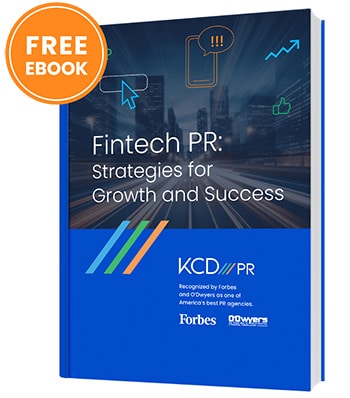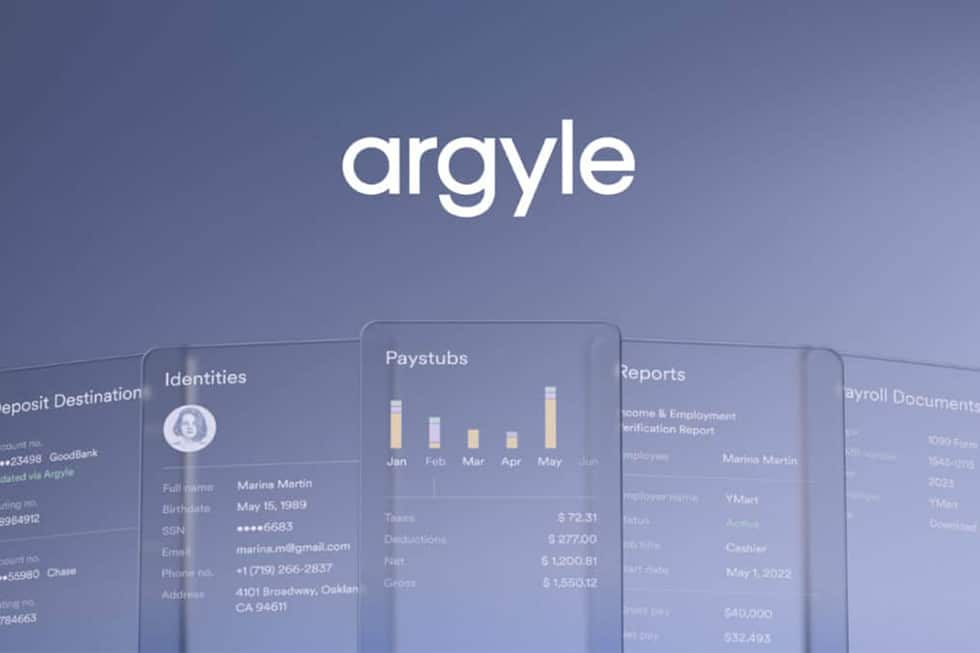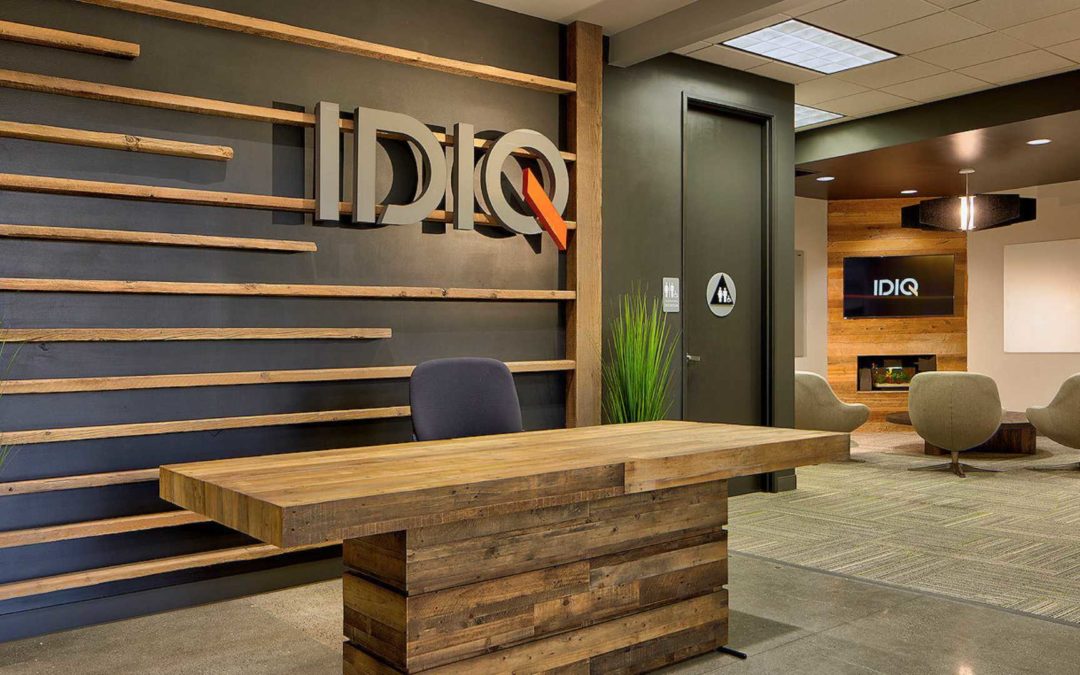When planning to improve your financial life for retirement, there are many items to consider. This is especially true in 2020. We calculate how much money we will need, save what we can and strategize how to invest it. At some point, we anticipate reaching the age where we can stop working. For most, this is usually somewhere north of 60 years old. However, there is a group of people striving for retirement at a much younger age, possibly even in their 30s or 40s. These are people who follow a differently defined path to retirement known as the FIRE movement.
“FIRE” – defined as Financial Independence, Retire Early. Since the last financial crisis, it’s been gaining in popularity. Some would say it’s a way of life. Others call it a movement. However you describe FIRE, it’s an intriguing concept. Who doesn’t want to gain financial independence and have an early retirement?
We talked with Jennifer Mah, a financial coach, FIRE follower and the community manager of a podcast/website called Choose Fi. She is also the administrator of the San Diego chapter of Choose FI. We asked Jennifer for her thoughts on FIRE, what it’s all about and where it’s going. Here are some excerpts of our conversation, lightly edited for context and clarity.
Tell us a bit about yourself and your connection with FIRE?
I had some personal challenges in the past that led to my having to rebuild my financial life. This stoked my interest in learning about personal finance. I started reading blogs and books from financial experts such as Mr. Money Mustache and Mad Fientist.
I love podcasts and in learning about FIRE, I found Choose FI. It resonated with me because it focused on the goal of obtaining FI – Financial Independence. I really loved all the concepts here and would share them with friends and family. However, I also wanted to connect more with others who were pursuing the same FI goal. Through the Choose FI community, I created a local chapter in San Diego, which today primarily operates through a private Facebook page with roughly 1500 members. Eventually, that led to my becoming the community manager for all of the ChooseFI groups.
What is the FIRE movement all about?
It depends on who you ask. People are attracted to the FIRE movement because they are dissatisfied with their current employment or career or something in their life.
I believe financial independence is for everyone, even if retiring early is not one of your goals. I define financial independence as the ability to walk away from a situation as you wish. One component of FIRE is the 4% rule – a safe withdrawal rate – if you calculate the number of annual expenses and multiply it by 25, this amount will allow a 4% withdrawal rate during retirement. So, obtaining FI means you have reached this amount, basically 25 times your annual expenses.
If you reduce your annual expenses, that changes the amount you need to hit to reach your FI number. So, what are the things you’re buying to live an intentional life? I call it conscious spending. Is it more about experiences or material goods? What adds better value?
The FIRE movement is not about being cheap– it is about focusing on what really brings you joy and spending money on those things. It’s about cutting out everything else that doesn’t really matter.
I ask that people who are coming on this path to be able to say what they plan to accomplish in retirement. There is a lot of identity that we wrap into our job. Who are you if you are not a certain title? The hard work is really determining what we will do in retirement. FIRE is a movement about achieving financial agency that allows followers to use their time as they wish.
Please discuss the methodology of people who are part of the FIRE movement – what are their savings goals, tactics, and expectations?
A lot of people aim for a 50% savings rate. I ask, which savings rate? How do you calculate it? Do you include your company match for instance? In high cost of living areas, it’s a challenge to save 50% of your income. I consider the principal part of a mortgage payment as part of my savings. Others may also calculate this in, some may not.
As for tactics, here are some I suggest:
- Control the big 3 expenses – housing, transportation, and food. For example, on housing – decide if it is better to buy or rent. Maybe house hack by getting a roommate, renting your garage out, or attaching an ADU to rent out.
- Maximize your tax-advantaged accounts as much as possible. When getting a raise, put the extra money there. If you get a bonus, save it.
- Minimize spending on things that do not really matter to you. Go through credit cards and other debts and find small changes that will compound over time. An example is monthly subscription services.
- Find a side hustle like driving for Uber or Instacart. Maybe an offshoot of your current job, or utilizing another skill that you have, or a hobby.
- There is also talent stacking – when you learn something and add to your existing skillset. Every skill set you have expands your ability to tackle new things, find a new job or get a promotion. For example, when the pandemic started, I learned how to do Facebook live events.
- DIY-ing it – The more you can do for yourself, the less you must pay someone else to do it. This reduces the cost of what you need to live.
There are a whole slew of tactics, tricks, and tips you can use on reducing your expenses and building up your income. But we can sum it up in this: Earn more, spend less, invest, and enjoy the journey.
With expectations of FIRE, for me it is to achieve financial independence. Pursing FI has given me an opportunity to take a few years and build a freelance life and experience that. This is what you can do when you have a system in place and some financial resources. It gives you options in your life.
Who commonly pursues FIRE?
The FIRE demographic spans an incredible amount of people. I see a lot of Gen Z in the financial media space right now, all the way to Boomers who think they got a late start. Here’s the thing, even if you have a late start pursuing FIRE, you might not get to early retirement, but wouldn’t it be nice to know that you don’t have to rely 100% on social security?
People across the board pursue FIRE – single/married, female/male. In the ChooseFI group, the majority is female – maybe about 55%.
How successful are people who follow FIRE?
I think there a lot of people who achieve their FIRE movement goals, and they do not talk about it. You know, like in the book The Millionaire Next Door. We call it stealth wealth. There may be a slew of people who already hit that, and they just don’t talk about it.
A benefit is that once you reach financial independence or FIRE, you can use your resources and energy for charitable endeavors and to advocate for people. Imagine if you were a manager at a company and you had the money and don’t really need to work. How much more would you advocate for your employees? I think that’s a really powerful thing.
What types of investment products do followers use most often?
We love our 401k’s (and similar types of accounts) if the investments are low-cost, index funds, and not high expense ratios. We love IRAs, both traditional and Roth. Some people will tell you they love mutual funds, index funds primarily. They also use ETF’s, but indexed-based, passive.
We love HSA’s because, well, there is no wealth without health, right? HSAs are powerful investment tools. They allow pretax contribution, tax-free growth, and tax-free withdrawals when used for health-related expenses. It’s not a vehicle or strategy for everyone since you have to be able to cash-flow your health expenses and I would suggest that you be fairly healthy.
A general philosophy is that the basic order of operations is to max out any tax-advantaged options before taxable. I like the idea of spreading your tax positions across the board to leverage your tax brackets as needed. I call it tax diversification. If I have money spread across accounts, I can strategically choose where to pull funds from. Whether it’s my pre-tax, my Roth or my taxable investment account, I can artificially control my tax liability. However, if you have all your money in your tax-advantaged accounts, you don’t have much flexibility when withdrawing the money in retirement.
What are a few of your favorite fintech products?
I’ve played a lot with different fintech products. I love fintech!
I primarily use fintech to do forecasting and I use multiple tools right now. I look at Monte Carlo simulations to see how I’m doing. I use portfolio visualizers to see mock-ups of the anticipated growth of my portfolio.
I also use New Retirement to look at withdrawal strategies and if I can I sustain a portfolio that will last me until death. It looks like a great tool for retirement planning. My wish is that they allowed you more flexibility for input, such as being able to change the inflation rate.
Also, Personal Capital to model different scenarios. For example, you can put in when you will retire, sell your house, or have a major expense. I use it more for looking at my portfolio rather than as a budgeting tool.
For calculators, I use Firecalc and cFiresim mostly.
I use these products because of where I am at on my journey. For new savers, budgeting is always going to be key. You have to learn to budget. Or as I call it in my coaching business, have a spending plan.
Editor’s note: There are some great apps for college students to consider too.
What impact has the pandemic had for most folks trying to achieve FI? How will things change post-COVID?
Now, people understand more why you need an emergency fund. There’s so much tragedy out of the pandemic. But maybe one of the silver linings will be that people will become more financially resilient. They will build their savings up. They will find financial independence.
I don’t think the pandemic has deterred most people from continuing to move to FIRE. Post-COVID-19, people who are now trying to achieve financial independence will still be pursuing that. They are diversifying their income streams. If they have a steady w-2 job, they are looking at talent stacking to learn something else or picking up a side hustle. There’s also a community of FI people who look for opportunities to do more investment in real estate. They will find ways to diversify their income.
In general, many will continue to save more and invest when the market dips.
What are a few key strategies of the FIRE movement that anyone could apply to retirement planning?
Being flexible is key to successful retirement planning. For example, are you willing to leave California (or other high cost of living areas) or relocate? Or downsize? If you are flexible on things, you will have a greater chance of being successful in retirement.
Also, think about what really makes you happy that you really want to spend money on. Spend money lavishly on the things that bring you joy. Really consider what you want your retirement to look like. Perhaps test it out. Make conscious decisions as you examine your life and what truly brings you happiness or gives you purpose.
A few others:
- Be strategic – build a system to max out tax accounts and minimize debt to build your savings.
- If you get a raise, put it in your retirement account. Don’t increase your lifestyle – avoid what’s called lifestyle inflation.
- Utilize low costs investments and watch your expense ratios always. Find investments with no front loads, no back loads.
I believe FIRE and financial independence is for everyone. I think there are principles there that can be applied across the board. Let’s be creative about how we get you to where you want to be.
If you have questions about FIRE, you can reach Jennifer via her website at https://yourmoneyandlife.weebly.com/.






